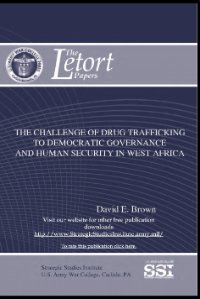By Peter Reuter
The production of cocaine and heroin, the two most important drugs economically, has been concentrated in a small number of poor nations for 25 years. A slightly larger number of developing nations have been affected by large-scale trafficking in these two drugs. This paper reviews what is known about drug control programs and considers non-traditional options. The usual array of programs for suppressing drug problems, enforcement, treatment, harm reduction and prevention have been assessed almost exclusively in wealthy nations. Although treatment has been shown to be cost-effective, it is of minimal relevance for reducing the drug problems of nations such as Afghanistan, Colombia, Mexico or Tajikistan, which are primarily harmed by production and trafficking rather than consumption. Efforts to reduce drug production and trafficking have not been subject to systematic evaluation but the best interpretation of the available evidence is that they have had minimal effect on the quantities produced or trafficked. It is reasonable to conclude that international drug control efforts can do more to affect where these drugs are produced rather than the quantity. If that is the case, and given that spreading a specific level of production or trafficking to more rather than fewer nations probably decreases global welfare, it may be appropriate to consider a less aggressive stance to current producers and to make strategic decisions about the location of an industry producing a global bad.
Washington, DC: The World Bank, 2008. 38p.






